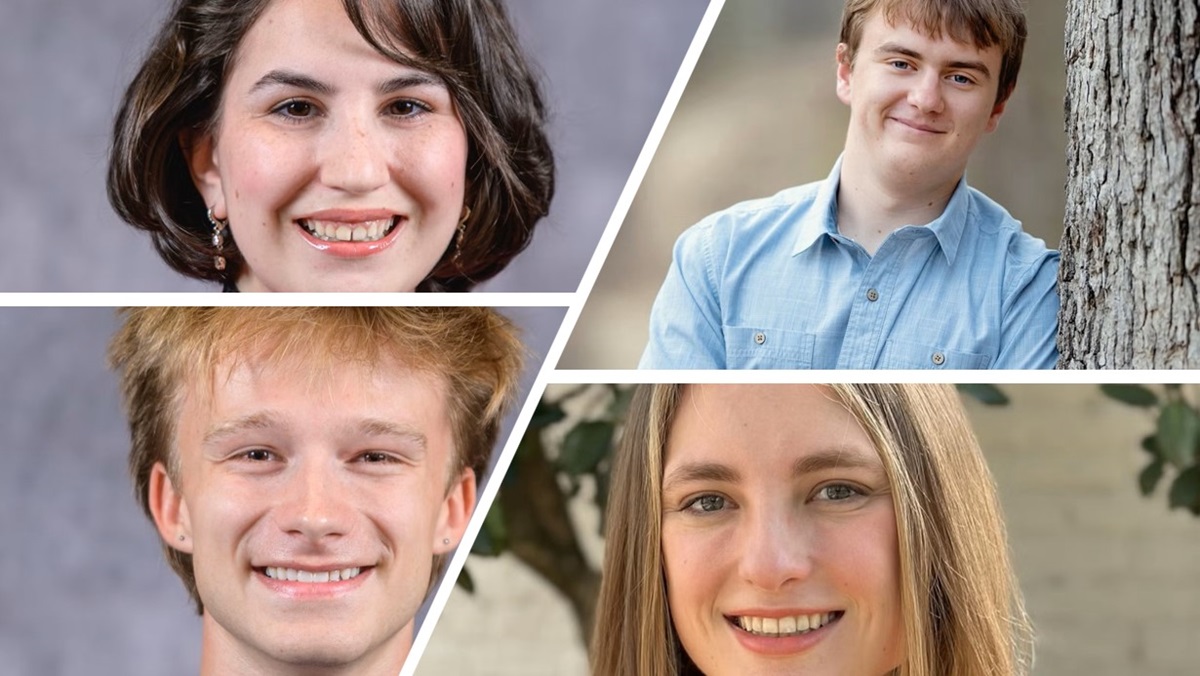Alabama high school seniors improve completion rate for form tied to federal college aid

State and local education officials on May 18 celebrated the increase in FAFSA completion percentage. (contributed)
Alabama’s 2021 high school graduating seniors left a decent Powerball’s worth of money – an estimated $67.8 million in federal financial aid – on the table.
Why? Because many of them failed to complete the Free Application for Federal Student Aid (FAFSA) form. Colleges use FAFSA to determine whether students qualify for federal financial aid, such as Pell grants, work-study programs and loans.
The Alabama Board of Education in April 2021 adopted a new policy that mandates students either complete or opt out of FAFSA with the aim of increasing the state’s completion percentage.
Mission accomplished.
On May 18, local and state education officials along with the nonprofit group Alabama Possible, celebrated Alabama’s success in raising students’ completion percentage. Alabama now ranks among the top 15 states for FAFSA completion and No. 2 in year-over-year FAFSA completion, trailing only Texas. Alabama saw a 24.5% increase in FAFSA completion this year, according to Tim McCartney, chairman of the Alabama Workforce Council. The council worked with Gov. Kay Ivey to push the FAFSA policy change, he wrote in an article published by Alabama Daily News.
‘Climbing the charts’
“We value education and opportunity, so whether students’ pathways after high school leads to a technical program, community college, or a four-year institution, we want them to understand how to access funds that can help pay for higher education,” state Superintendent Dr. Eric Mackey said. “It is refreshing to see Alabama climbing the charts in educational opportunities and attainment. Our partnership with Alabama Possible is a key factor in this extensive growth in FAFSA awareness.”
Alabama Possible has worked with partner agencies throughout the state to increase FAFSA awareness.
“Many families in Alabama don’t engage in conversations about education after high school with their students because they are under-resourced and face many financial barriers,” said Chandra Scott, executive director of Alabama Possible.
“Completion of the FAFSA opens the doors to financial aid resources. We must keep reminding ourselves that equitable access to postsecondary education is not only an economic imperative, but a moral imperative and is a strategy to ending generational poverty in Alabama,” she said.
Research backs her up. Of the students who complete their FAFSA before graduating high school, 92% enroll in college the next fall compared with only 51% of the students who fail to complete their FAFSA, according to the National College Attainment Network.
Far better
The national FAFSA completion rate in 2021 was 57% for high school graduates, while Alabama’s completion rate was 51%. As of May 27, Alabama’s completion rate for this year’s graduating seniors was 59%, according to the Alabama Commission on Higher Education’s FAFSA Completion Portal. Many schools have fared far better.
Among those honored May 18 as MVPs for completion rates were Hartselle High School (large schools) with 84%; Ramsay High School in Birmingham (medium schools) at 96%; and Geneva County High School (small schools) at 98%.
Most improved included Decatur High School (large schools) with a 101% improvement rate, Woodlawn High School in Birmingham (medium schools) at 196% and Barbour County High School (small schools) at 648%.
These schools will be celebrated as Alabama Possible’s “Cash for College” winners on June 1 at 10 a.m. That day, Alabama Possible and the state Department of Education are hosting virtually the Alabama Goes to College Celebration Day and a professional development workshop to recognize and honor high school educators across the state for their success in improving postsecondary access. Register here.













